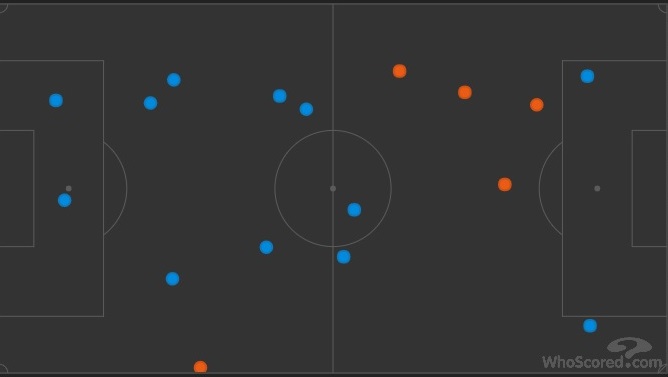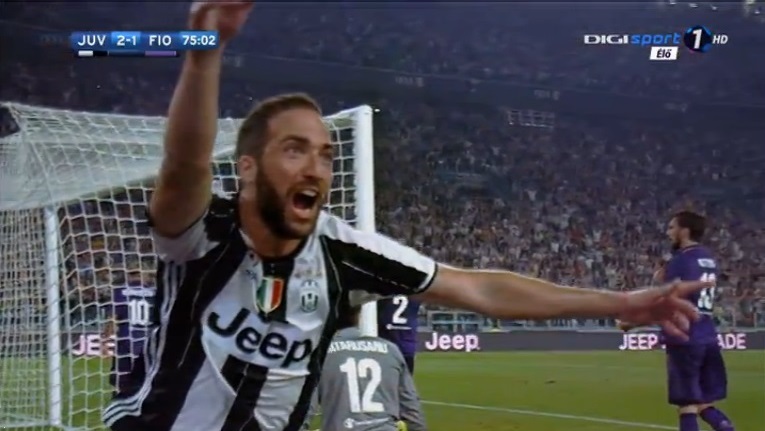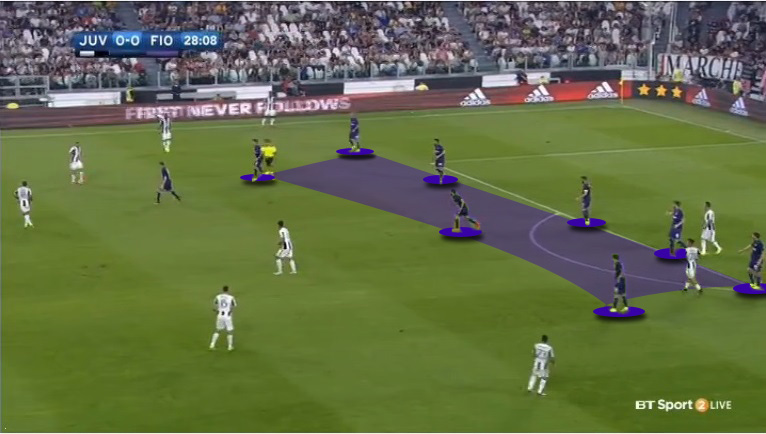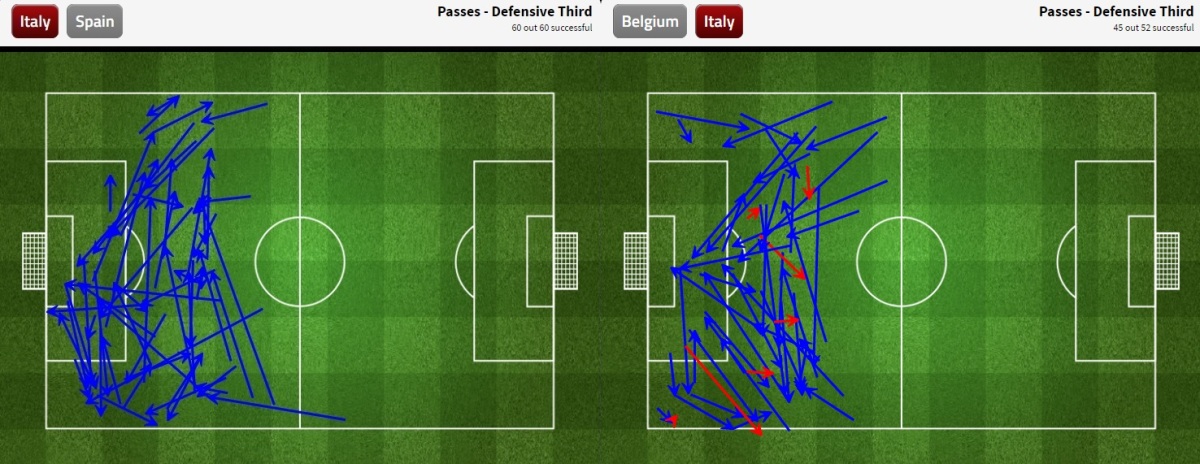Inter has shown great character to overcome Juventus in what was supposed to be the last match in charge for Frank de Boer. After poorish start to season Inter lost at home to Hapoel Be’er Sheva in Europa League and in a game that Massimo Allegri described as “real test of Juventus’ title ambitions”, they had to face reigning champions in Derby d’Italia.
While Ivan Perišić was doubtful as he got minor injury during the week, de Boer had rest of his preferred squad available. Eder filled the Croatian winger spot and Dutch manager was good to go. On the other side Allegri rotated his Champions League squad as both wingers, Evra and Alves, were substituted with Liechstensteiner and Alex Sandro while Lamina was replaced with Miralem Pjanić and Higuain with Mario Mandžukić. In defence Allegri decided to shift Barzagli for Benatia so five out of 11 new players found their way into the biggest match in Italy.
While both teams went out fairly cautious, Inter seemed more determined to close down their opponents. Although they didn’t press all over the pitch they did prevent easy distribution from the back.

Above you can see how de Boer tried to minimize attacking threat from front. All easy passes are blocked off or, at least under immediate pressure. This forced Buffon to play long balls which were lost quite frequently.
Aside preventing easy transition to middle third, Inter also disrupted the rhythm of their opponents rendering them unsure of their game plan.
This, combined with good team pressing in middle third, put pressure on Juve players which resulted in a lot of misplaced passes and lost second balls. At same time, it offered opportunities on the break for Inter.

Above you can see the diagram of lost possession for both teams between 15th and 70th minute and it clearly shows how well Inter pressing worked as they managed to force Juventus into losing the ball 14 times. If you add the interceptions which are also result of good team pressing it gets even worse for current champions. Inter losses six balls but manages to get it from their opponents 14 times. Including the 78th minute interception from Candreva who finds Icardi that crosses the ball for winning header from Perišić.
All the match had nothing to do with attacking patterns but was won and loss without the ball. Inter aggressiveness is shown in fouls made as well. They went particularly hard especially on Dybala who gets tackled hard in the first minutes just as a warning he will not be allowed to move freely.
De Boer did very good to motivate and pump his players for the match and they had responded very well in a difficult moment for the team. Dutchman’s first idea was to prevent Juventus from moving the ball freely and his team followed him brilliantly. They closed down goalkeeper short distribution and then went hard as a team on closing down the midfield.
Any attacking from Inter was secondary as they relied mainly on long balls down the wings or, equally quick, direct passes to Mauro Icardi. However, they never committed huge numbers forward as their plan was to wait for Juventus and go quickly forward.

Above you can see such quick transition where ball gets to either full back who then goes for quick direct ball to winger. Juventus was good as always in transition so these balls were largely dealt with. What really killed them off was losing possession.
To conclude, both teams went on the pitch with idea not to lose the game. However, it was Inter who had more will and character on the night and they knew how to stop Juventus from building up their passing game. From there they relied on quick transition and direct attacking.
Although Juve scored first, Inter kept plugging and showed great determination to overcome difficult situation the club got in. Massimo Allegri didn’t have an answer to opposition’s pressing and usual game plan of combinations on right side with Dybala didn’t work as team struggled to get the ball there. They did muster a trademark goal when Liechstensteiner scored after a switch of attack from right to left, but those situations were too few to overcome determined Inter side which deservedly came from behind showing some great team spirit.










